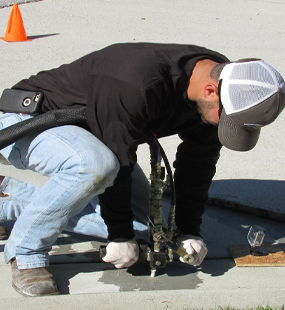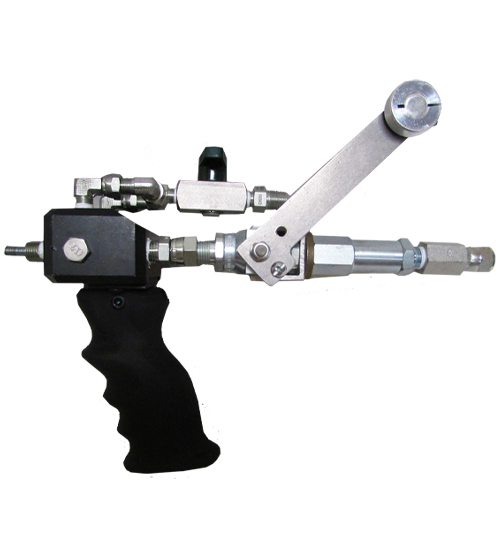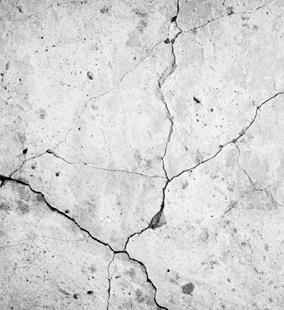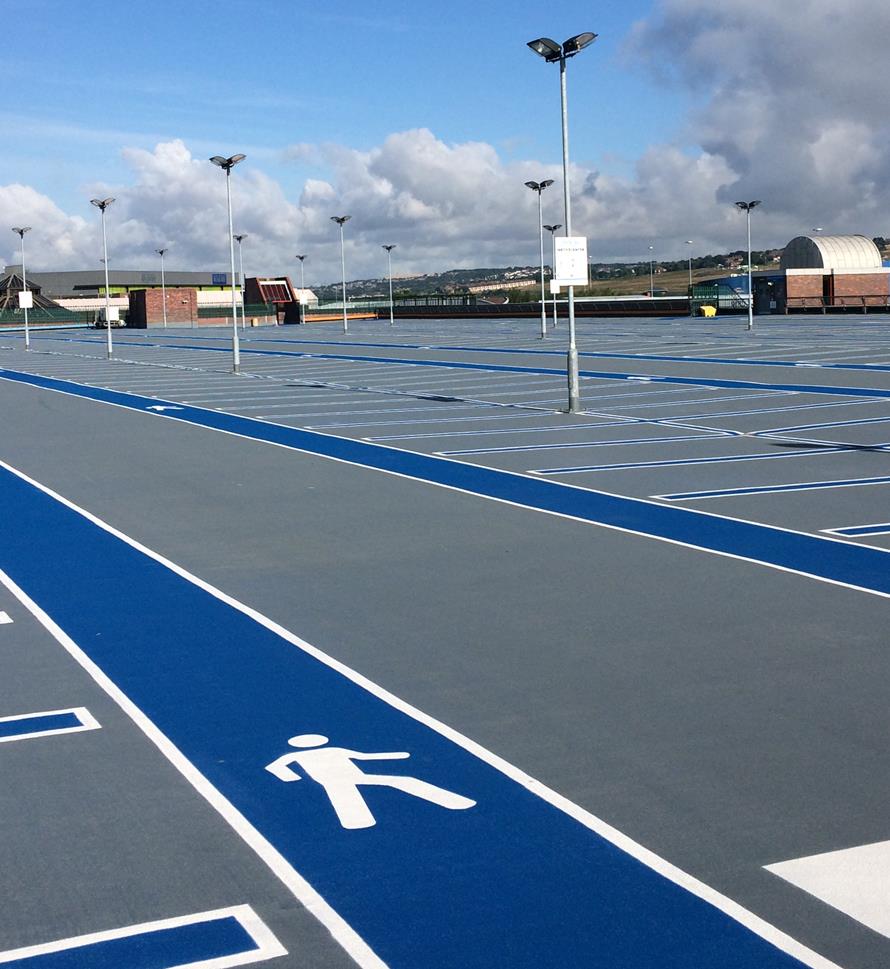
- Home
-
Solutions
-
Leak Seal
Seal leaks in concrete or masonry with crack injection and curtain grouting of our Prime Flex polyurethanes and AR acrylate resins. Prime Resins offers superior solutions for stopping leaks in every type of environment.
Read More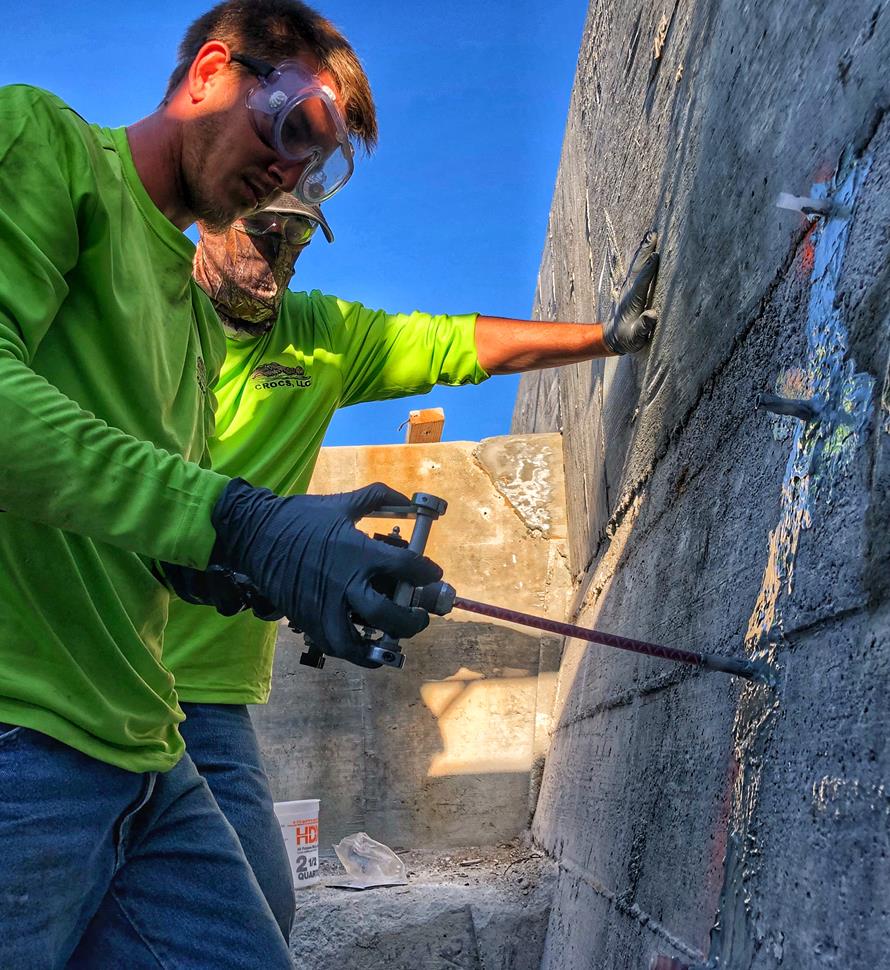
-
Soil Stabilization
Sound concrete relies on a sound substrate. Stabilize soils and fill voids with our polyurethane and acrylate foams and gels. We make chemical grouts for permeation and compaction grouting in wet and dry conditions.
Read More
-
Slab Lifting & Stabilization
Slab lifting and slab stabilization with polyurethane foams offers many advantages over traditional mudjacking. Only Precision Lift is engineered to tackle underlying issues and slab lifting with precise, dependable results.
Read More
-
Floor Repair & Joint Protection
Spalled concrete is concrete that is chipped, cracked and deteriorating. This often happens at a joint.
Read More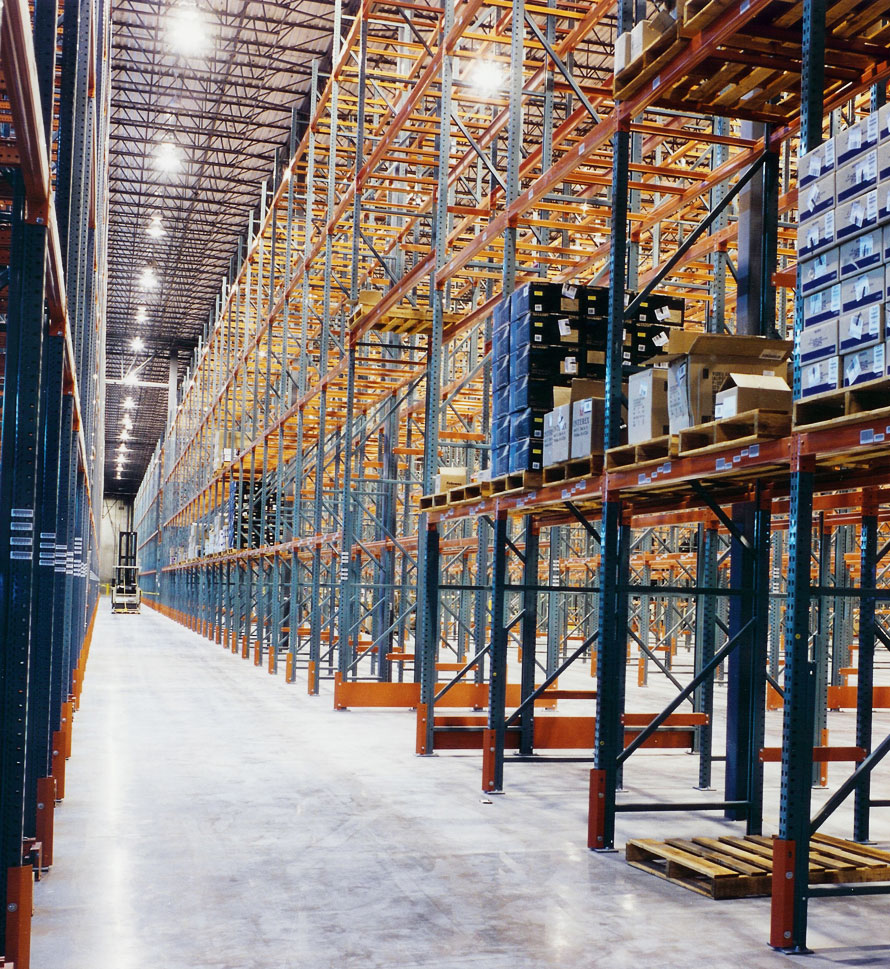
-
Seawall Repair
You can repair a seawall or bulkhead with Prime Resins chemical grouts: fill voids, stabilize loose soil and seal leaks at a fraction of the cost of wall replacement.
Read More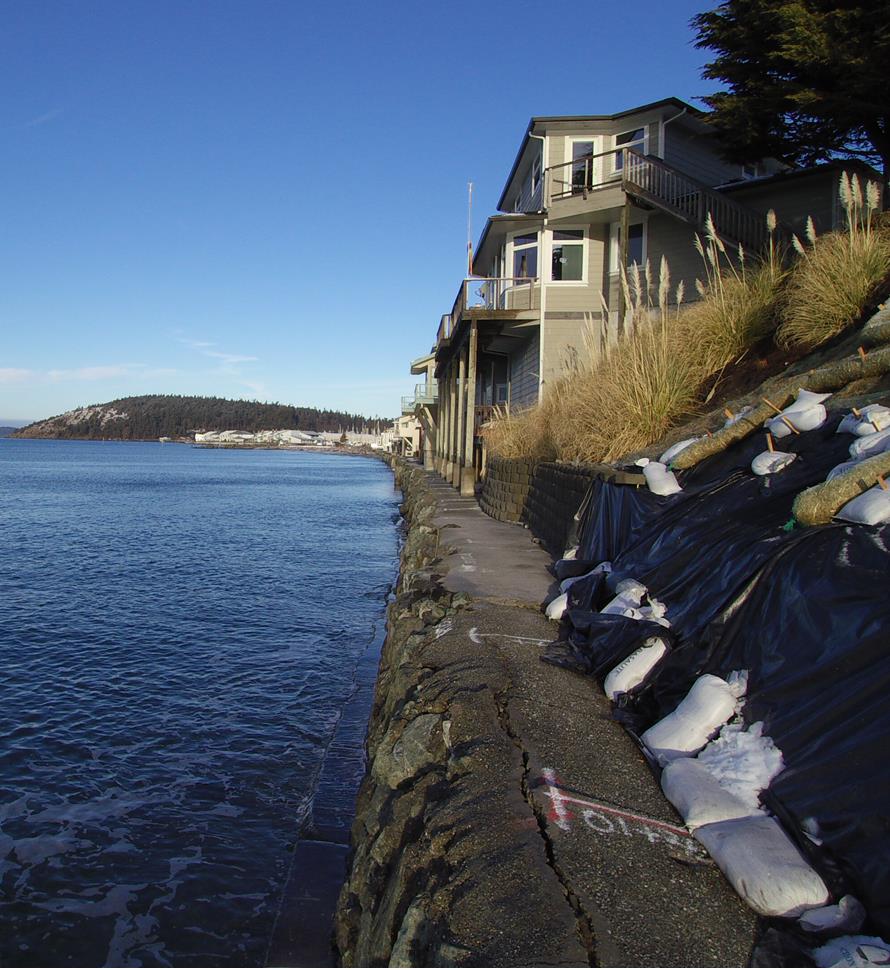
-
Structural Repair / Bonding & Anchoring
The need for crack repair in concrete structures can be caused by many different factors. Damage can occur to the concrete in situations where direct impact puts stress on one area of the structure.
Read More
-
Highway & Bridge
The geotechnical needs of DOTs and other agencies responsible for roads and bridges are vast. Issues include: Culvert repair Soil stabilization Void filling Concrete slab lifting Sinkhole remediation Slope control Slough control in tunneling
Read More
-
Waterproofing & Secondary Containment
Protecting concrete usually means shielding it from the elements of nature or from harsh manmade chemicals. But it’s not just concrete that needs such protection. Corrugated metal pipe, steel surfaces, material hoppers, rail cars and masonry all can come in contact with corrosive or abrasive materials or harsh conditions.
Read More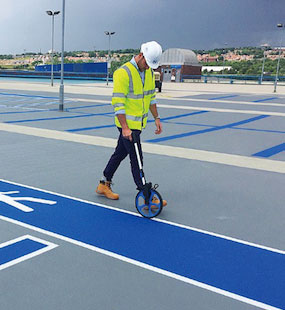
-
Leak Seal
-
Products
-
Leak Repair
- AR 800
- Conduit Seal Kit
- PR10L ACLM
- Soakum Oakum Kit
- Prime Flex 900 XLV
- Prime Flex 910
- Prime Flex 920
- Prime Flex 940
- Prime Flex 985 LX10
- Prime Flex 985 LX20
- Prime Flex 985 5.0
- Prime Flex 985 5.0 Fast
- Prime Flex Hydro Gel™ SX
- Prime Plug 1, 2 & 3
- PrimeCem MSM
- PrimeCem CAM
- PR10 ACLM (granular)
- Prime Flex Hydro Gel™ EXP
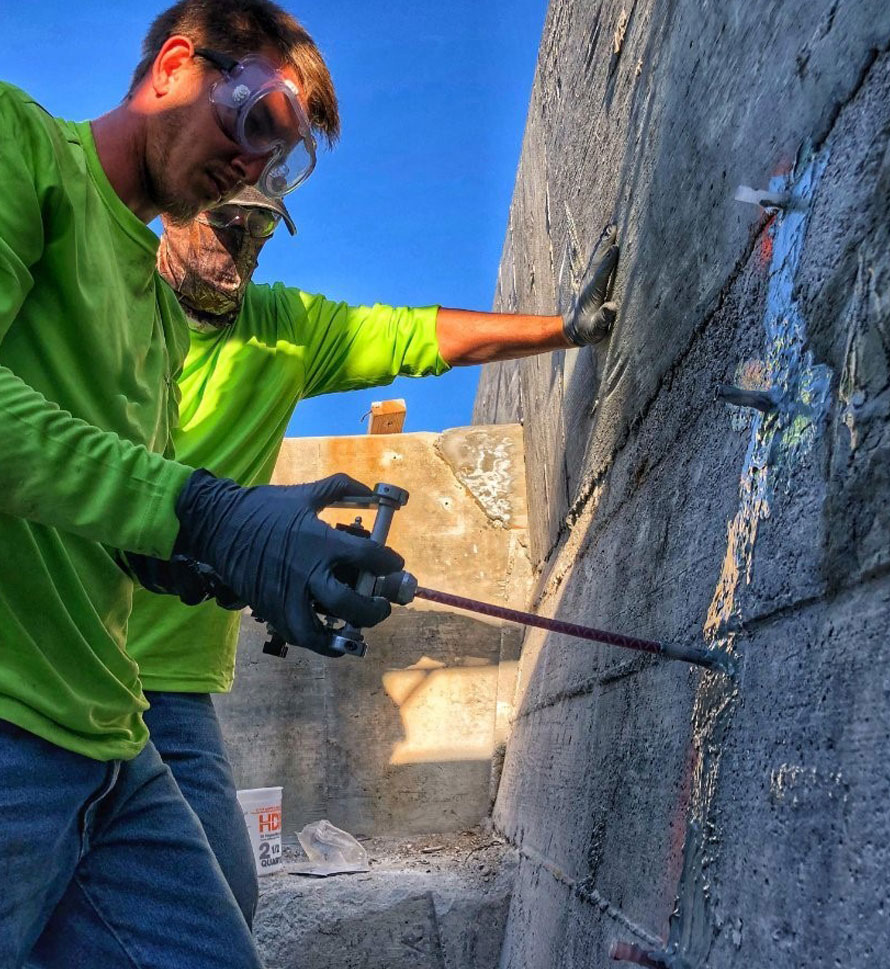
-
Soil Improvement
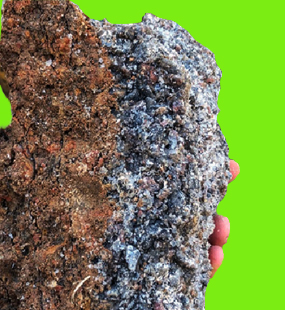
- Soil Stabilization
- Slab Lifting
- Structural Repair / Bonding & Anchoring
- Pumps
- Dispense Guns & Applicators
-
Turnkey Trailer Rig
Are you ready to hit the ground running doing concrete leveling with polyurethane foam? Prime Resins offers the industry’s best suite of products for lifting concrete as a turnkey, fully equipped trailer rig.
Read More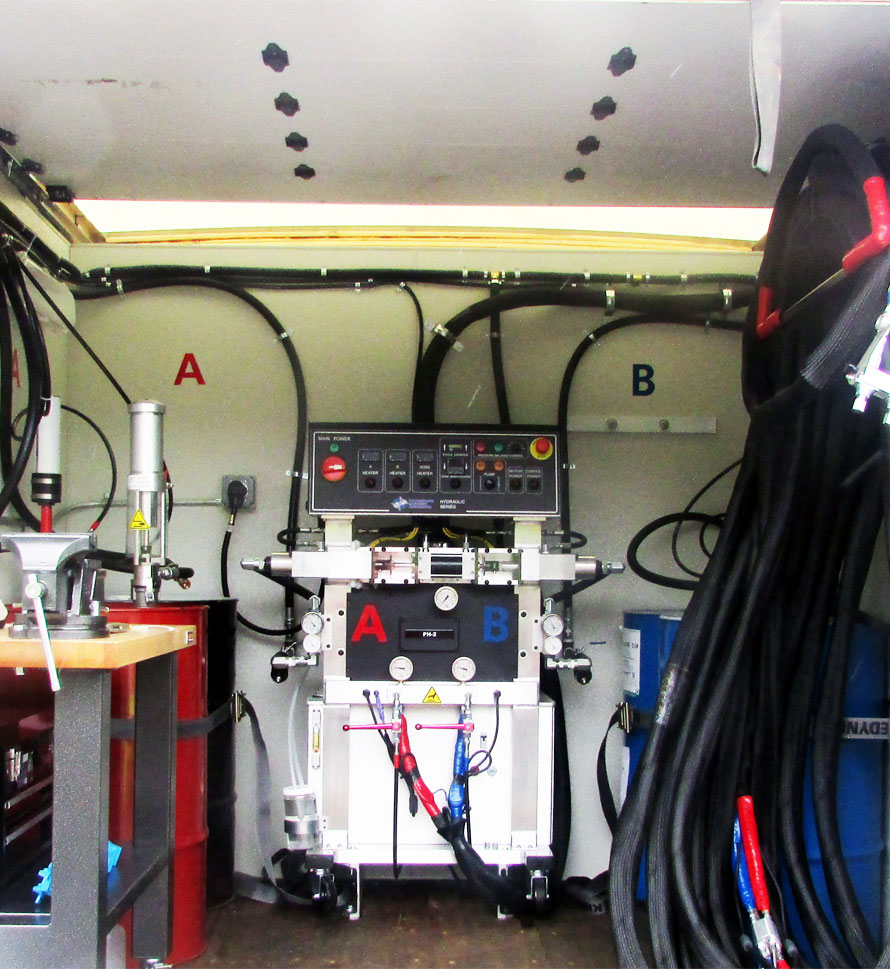
-
Accessories (General)
- 3/4" expendable drive point
- 3/8" and 3/4" soil probes
- Cartridge / Port Connectors and Mixers
- Conduit Seal Kit
- Eco Flush
- F Valve
- Flush Wand
- Grout Needle Kit
- High Pressure Control Valve
- High Pressure Mechanical Ports
- Kick Fast
- Low Pressure Plastic Ports
- PR11 TEA (used w/ PR10 ACLM)
- PR12 APSF catalyst (used w/ PR10 ACLM)
- PR17 LYTX
- Prime Kat
- Prime Plug
- Prime Solvent CGC
- Oakum
- Soil pipe jack
- Stainless Steel Grout Needle & Kit
- StainShield
- Wall Stinger Nozzle
-
Soil Grouting Accessories
- Pipe Coupler
- Pipe Coupler Ferrule
- Buttonhead Coupler - Straight
- Buttonhead Fittings
- SG 3/4" Expendable Drive Tip
- SG 3/4 Rod - 39" Base
- SG 3/4 Rod - 39" Connector
- SG 3/4 Rod - 19.5" Base
- SG 3/4 Rod - 19.5" Connector
- SG 3/4 Fitting - Pipe to Buttonhead
- SG 3/4 Fitting - Buttonhead Fitting
- IL 1/2" Drive Point
- IL 1/2" rod - 39" base
- IL 1/2" rod - 39" connector
- IL 1/2" Fitting Buttonhead
- SG 3/4" Fitting - Buttonhead Coupler
- SG 3/4" Slotted Drive Tip
- SG 3/4 Drive Head
- Modified Pipe Jack Soil Grouting
- SG 3/4 Fitting - Buttonhead Coupler
- Pagani DPM30 Penetrometer
- IL 1/2" Fitting - Buttonhead to Connector Rod
- IL 1/2" Rod to Rod Coupler Fitting
- High Pressure Flow Control Valve
- Buttonhead Coupler - 90°
- Buttonhead Clamp Kit
- DPM30 Penetrometers
- JackJaw Soil Probe Extractor
- Floor & Joint Repair
- Waterproofing & Secondary Containment
-
Leak Repair
- News
- Downloads
-
Tools
-
Case Studies
Prime Resins takes pride in its ability to find the right solutions to the problems facing our customers. Here are some examples of customers’ successful jobs:
Read More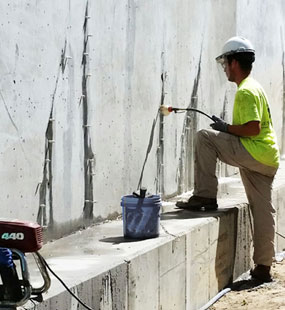
-
Prime Practices
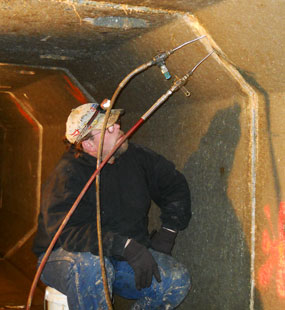
-
Videos

-
Estimating Tools & Info.

-
Why us?
The superior quality of products at a fair price, our consultative approach, and our unparalleled technical support set Prime Resins apart. Learn more about the Prime difference.
Read More
-
Product Types & Typical Uses
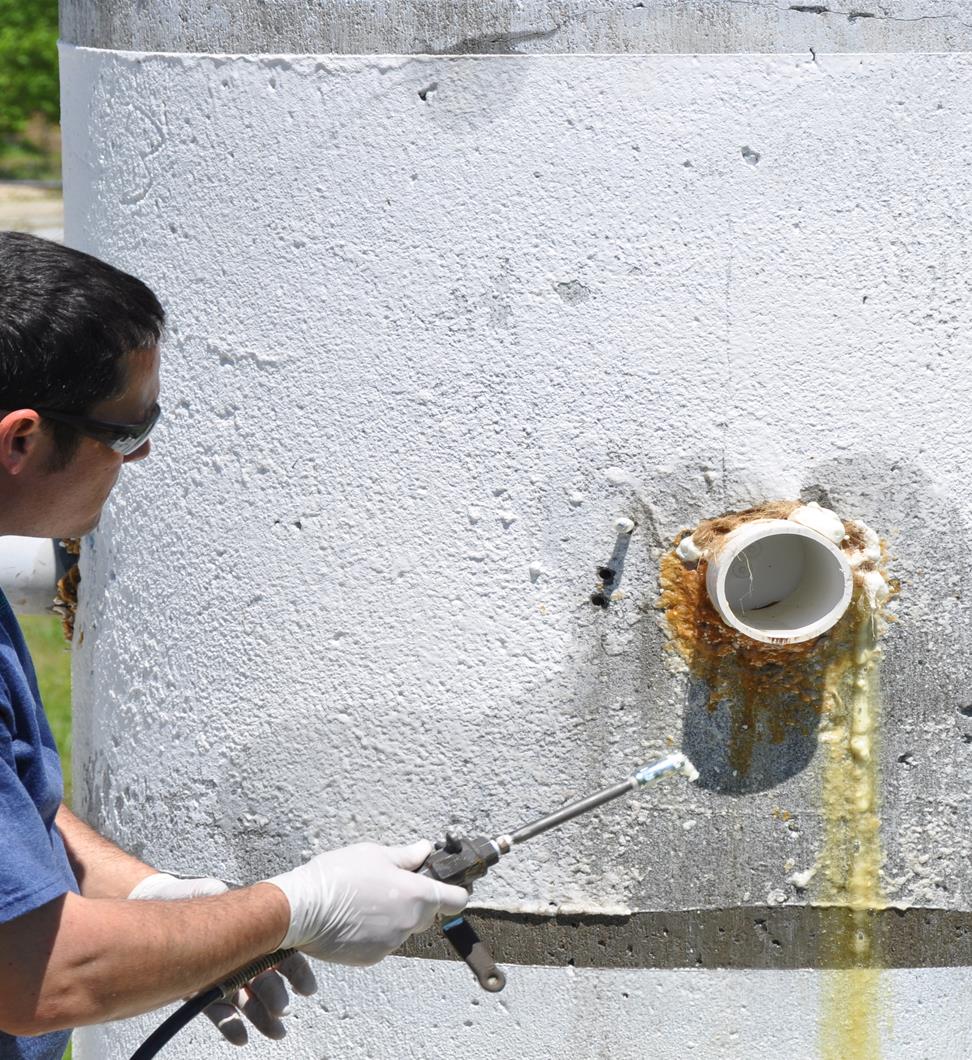
-
Looking for a contractor?
-
Certifications
-
Case Studies
- Contact
Case Studies- Slab Lifting Pages
Lifting an industrial floor in Brazil with 920 and Precision Lift
Contractor: Merco Geopolímeros
Client: Major beverage manufacturing and bottling facility, Porto Alegre, Brazil
PROBLEM: Merco Geopolímeros of Brazil was hired by a major beverage manufacturer to fix a situation in one of its facilities: a section of the concrete floor was sinking, causing huge tanks to tilt. A drainage trough runs between rows of tanks used to make beverages. Caustic soda is used to clean the tanks, so the water flowing through the trough contains some of this substance. The drainage trough had been overflowing, sending fluid up underneath damaged concrete abutting the trough into the subgrade. This caused the floor of the facility to settle 8-10 inches, resulting in two of the 3300-gallon tanks tilting dangerously close together. In fact, the transport tabs near the top of the tanks were actually touching.
A penetrometer reading was done in advance, which indicated there were no voids. Upon arrival at the site, however, an overview survey showed there were 24- to 30-inch voids in the area near the tank settlement. Why the discrepancy? The penetrometer test done by an independent engineering firm was done 20-30 feet from the settled area, resulting in an incorrect reading. Further, a Prime Resins technical consultant on site was able to push a 10-millimeter rod by hand 16 feet into the ground. This indicated that the subgrade had turned to mush after years of soaking with water containing some caustic soda.
SOLUTION: Replacing the floor was not an option the client could consider. The downtime needed to move the tanks, demolish the floor, replace the subgrade, replace the concrete floor and return the tanks would have been weeks, a prospect they simply couldn’t afford. According to the approved plan to use polyurethane grouts to solve the problem, 130 gallons of Prime Flex 920 were pumped 3 feet into the subgrade to stabilize the base for the lifting operation. Prime Flex 920 is a hydrophobic, single-component polyurethane structural foam used for soil stabilization, leak sealing and void filling. Another contractor was called in to fill the void with a flowable fill concrete, which was unsuccessful at filling the entire void because it did not flow properly. The next step was to inject Precision Lift 4.0#, a two-component structural polyurethane foam that generates hydraulic lift. Because the cementitious material did not completely fill the void, the Precision Lift served as soil stabilizer—compacting the mushy subgrade enough to provide a solid base—a void filler and a lifting agent to lift the concrete floor.
Approximately 400 gallons of Precision Lift were injected over two days using a low volume pump. The concern was that injecting such a large volume of expansive foam could break the concrete slabs, hence the cautious approach. The void filling was done the first day with a bit of lift happening as well. The second day’s injection resulted in returning the floor to its original position, resulting in tanks that were properly vertical and parallel. An added benefit was that the Precision Lift foam encased the trough system, sealing the leakage points, reducing further degradation of the subgrade.
All the work was performed under the strict supervision of safety and engineering officials. Plant production was shut down for two days.
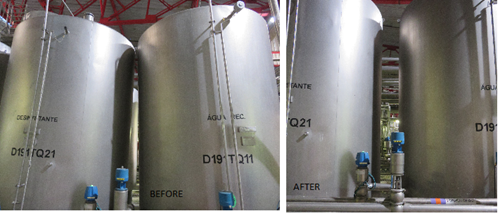
Photos are copyright of Prime Resins and are not for re-use.
Why did Merco Geopolímeros choose Prime Resins?
“We did more than a year of research across Europe and the United States before choosing Prime Resins. We are now business partners and official distributors of Prime Resins products and solutions for Brazil since January 2015,” said Paulo Fernando Romeiro Santiago, director of commercial operations. “We have confidence in the company and its good and experienced technicians.”
OUTCOME: Despite the unexpected void, Merco was able to solve both the settling problem and lift the concrete floor slabs back to their proper position with minimum disruption to plant operations.
“The results were much better than expected,” said Santiago. “This client has already invited us to perform more work immediately in some of the 49 other facilities they have in Brazil. This method was a success and broke paradigms in Brazilian engineering.”




